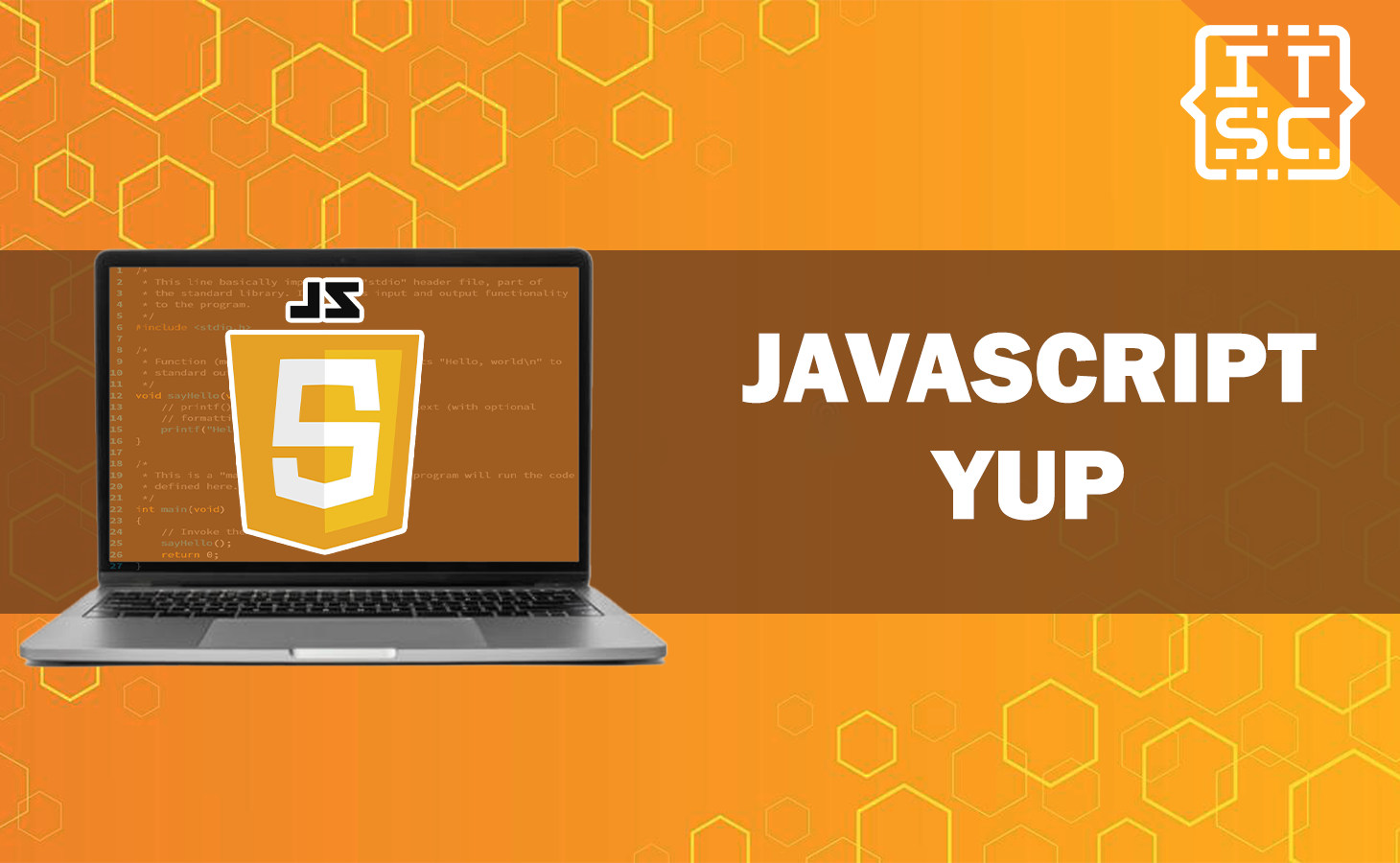When it comes to form validation in JavaScript, Yup is a powerful and flexible library that can significantly simplify your development process.
In this article, we will explore the ins and outs of Yup JavaScript and how it can be used effectively in React applications.
Whether you are a seasoned developer or just getting started with form validation, Yup has got you covered.
So, let’s dive into the world of Yup JavaScript and unleash its potential!
What is the Function of Yup?
Yup is a JavaScript object schema validation library that allows you to define and enforce validation rules on your data objects.
Its main function is to provide a declarative way to validate data, making it easy to ensure that your data meets the expected criteria.
Additionally, Yup allows you to define validation schemas that describe the shape and validation rules for your data, providing a robust and intuitive way to validate form inputs and other data structures.
Installing yup
Before we start using yup, we need to install it in our project. You can include yup in your project by using npm or yarn, depending on your preferred package manager.
Simply run the following command in your terminal:
npm install yupor
yarn add yupWhat is the Use of Yup in React?
Yup plays a crucial role in form validation within React applications. With Yup, you can define validation schemas for your form inputs and validate them effortlessly.
Furthermore, React components can leverage Yup’s validation rules to ensure that user-submitted data is accurate, consistent, and error-free.
What is YUP TypeScript?
Yup TypeScript is an integration of Yup with TypeScript, a statically-typed superset of JavaScript. It provides enhanced type-checking and autocompletion capabilities when working with Yup validation schemas.
In addition, Yup TypeScript empowers developers by catching potential errors during the development process and providing a more robust development experience.
How Do You Write a Test in Yup Validation?
Yup provides an easy way to write tests for your validation schemas. The process typically involves defining a schema, applying validation rules, and then asserting that the validation behaves as expected.
Here’s an example of how you can write a test using Yup in JavaScript:
import * as Yup from 'yup';
const schema = Yup.object().shape({
name: Yup.string().required('Name is required'),
age: Yup.number().positive().integer().required('Age is required'),
email: Yup.string().email().required('Email is required'),
});
const data = {
name: 'John Doe',
age: 25,
email: '[email protected]',
};
schema.validate(data)
.then(() => {
console.log('Validation successful');
})
.catch((error) => {
console.error('Validation error:', error.message);
});
In this example, we define a validation schema using Yup, specifying the required fields and their respective validation rules.
We then validate the data object against the schema and handle the success or error cases accordingly.
What Are the Data Types in Yup?
Yup supports a wide range of data types that can be used for validation.
Some of the commonly used data types include:
- string: Validates string values.
- number: Validates numeric values.
- boolean: Validates boolean values.
- array: Validates arrays.
- object: Validates objects.
- date: Validates date values.
- mixed: Represents any type of data.
These data types can be combined with various validation methods and modifiers provided by Yup to create complex validation schemas tailored to your specific requirements.
Advanced Features of Yup JavaScript
Yup JavaScript offers several advanced features to handle complex validation scenarios.
Some notable features include:
Custom Validation Rules
yup allows you to create custom validation rules to handle unique scenarios. You can define custom validation functions and incorporate them into your schema.
Let’s say we have a form field that requires a unique username.
We can implement a custom validation rule using yup’s test method:
const schema = yup.object().shape({
username: yup.string().test(
'unique-username',
'Username already exists',
(value) => {
// Custom validation logic to check uniqueness
return isUsernameUnique(value);
}
),
});In this example, the test method takes a name for the custom rule, an error message, and a validation function.
The function receives the field value and performs the necessary validation. If the validation fails, yup throws an error with the provided error message.
Conditional Validation
Sometimes, you may need to apply validation rules based on certain conditions. yup supports conditional validation through the when method.
Let’s consider a scenario where we have a form with a checkbox that, when checked, requires an additional field to be filled.
We can achieve this using yup’s conditional validation:
const schema = yup.object().shape({
hasAdditionalInfo: yup.boolean(),
additionalField: yup.string().when('hasAdditionalInfo', {
is: true,
then: yup.string().required('Additional field is required'),
otherwise: yup.string(),
}),
});In the above example, the when method takes the name of the field to check, followed by an object specifying the conditions and corresponding validation rules.
If the condition is met (hasAdditionalInfo is true), the additional field is required; otherwise, it is optional.
Asynchronous Validation
In some cases, you may need to perform asynchronous validation, such as checking the availability of a username or verifying an email address against a server.
Additionally, yup supports asynchronous validation through the validate method.
Let’s see an example of how to perform asynchronous validation using yup:
const schema = yup.object().shape({
email: yup.string().email('Invalid email').test(
'unique-email',
'Email already exists',
async (value) => {
// Asynchronous validation logic
const isEmailUnique = await checkEmailUniqueness(value);
return isEmailUnique;
}
),
});In this example, the validation function is marked as async, allowing us to perform asynchronous operations. We can await the result of the asynchronous task and return the validation outcome accordingly.
Here are additional resources you can check out to help you master JavaScript.
Conclusion
In conclusion, Yup JavaScript is a powerful library that streamlines form validation in React applications. By leveraging its intuitive syntax and extensive validation capabilities, you can ensure data integrity and improve the user experience.
Whether you’re a beginner or an experienced developer, incorporating Yup into your JavaScript projects will undoubtedly enhance your form validation process.
So why wait? Give Yup JavaScript a try and witness the simplicity it brings to your development workflow.
Happy coding!

